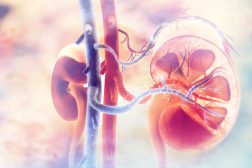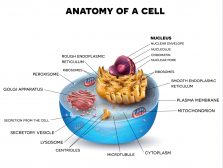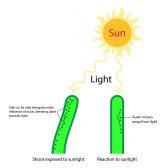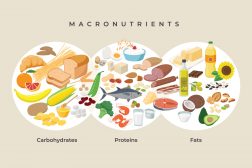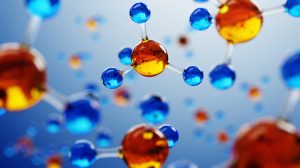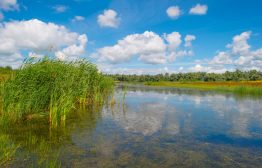Definition
noun, plural: filariae
Any of the small, threadlike parasitic nematodes of the superfamily Filarioidea that causes filariasis
filarial, adjective
Pertaining to a filaria (or filariae), including the microfilaria stage
Supplement
The filariae pertain to the small, threadlike nematodes belonging to the superfaily Filarioidea. This superfamily of nematodes includes the following families: Aproctidae, Creagrocercidae, Drilonematidae, Filariidae, Homungellidae, Mesidionematidae, Scolecophilidae, Setariidae, and Ungellidae. These nematodes live in the blood of vertebrates. They cause filariasis on their host. Their larvae are carried by their intermediate host insects (e.g. black flies and mosquitoes), and are then transmitted into their definitive host where they will attain maturity. For instance, Wuchereria bancrofti, Brugia malayi, and Brugia timori are filarial worms that cause lymphatic filariasis in human hosts. They are spread by a variety of mosquito vector species. Within their human host, they occupy the lymphatic system.
Other filarial worms are Loa loa, Mansonella streptocerca, and Onchocerca volvulus. They live in the subcutaneous layer of the skin and cause subcutaneous filariasis. Mansonella perstans and Mansonella ozzardi are filarial worms that live in the serous cavity of the abdomen. They are the causative agents of serous cavity filariasis.
Word origin: Latin filum (“thread”)
Scientific classification:
- Kingdom: Animalia
- Subkingdom: Eumetazoa
- Superphylum: Platyzoa
- Phylum: Nematoda
- Class: Secernentea
- Subclass: Spiruria
- Order: Spirurida
- Superfamily: Filarioidea
other name(s):
See also:

